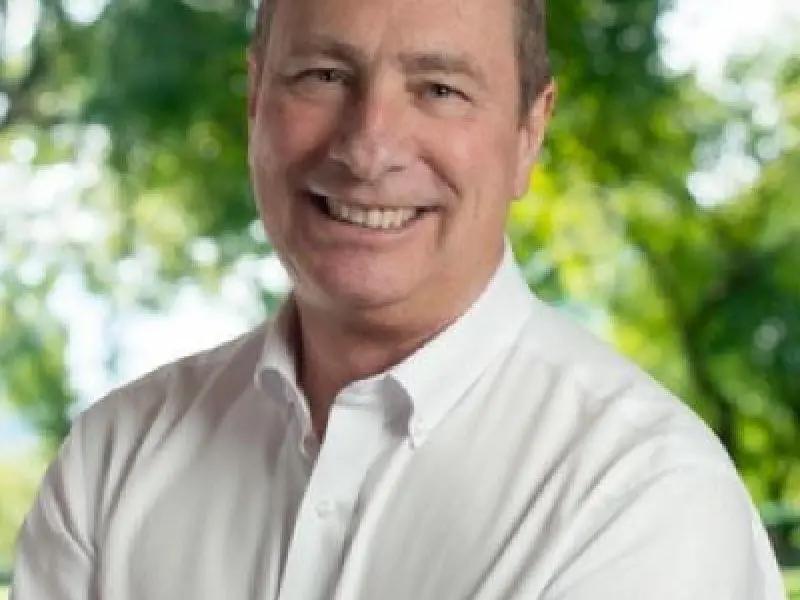
Manulife Investment Management (Manulife IM) is continuing to expand its natural asset portfolio by pursuing strategic investments in timberland and agriculture that now total over $16 billion.
The Toronto-based insurer and institutional fund manager recently released a trio of reports which provide insight into the company's sustainable approach to investing that places special emphasis on natural capital.
One of the key pillars of Manulife IM's investment strategy is how it incorporates financially material environmental considerations into its asset management and portfolio construction framework.
This kind of green master plan is explored in detail in Manulife IM's Natural Capital Sustainability report, Task Force on Climate-Related Financial Disclosures (TCFD) report, and Sustainable and Responsible Investing (SRI) report.
The company believes these three studies will be of interest to an increasingly eco-conscious investor community anxious to gain a deeper understanding of sustainable investing to better assess related investment risks and opportunities.
Task Force on Climate-related Financial Disclosures report
Manulife IM's TCFD report explores how the company has established a comprehensive framework for tracking progress against sustainability goals, which allows for adjustments as needed.
The report offers enhanced transparency and comparability of climate risks that have guided the company in its ongoing elaboration of a suite of sustainable investment strategies and options that prioritize carbon removal alongside traditional timber production, for example.
One of the key points in the TCFD report is how Manulife IM takes an active stewardship approach by engaging with investee companies to set forth collective goals for improved sustainability outcomes that align with client sustainability goals.
"Our approach offers clients a variety of strategies allowing them to choose between different investment options based on their objectives and what kinds of assets interest them," Brian Kernohan, chief sustainability officer at Manulife IM, said in an interview with Sustainable Biz Canada.
"This follows from our understanding of natural capital as a store of wealth and asset class that confers benefits to what we call ecosystem services. Air, soil, water, minerals are basically things that humans have to rely on to survive . . .
"It may sound extreme, but the reality of our dependency on nature and natural capital is causing this discussion to explode."
Natural Capital Sustainability report

Manulife IM's Natural Capital Sustainability report highlights the growing importance of natural capital to institutional investment portfolios and how these investments can create value beyond the physical products they generate.
This study reveals that its timberland investment properties planted over 50 million seedlings, produced enough lumber to build more than 100,000 houses, and fiberwood capable of yielding 2.2 million tonnes of paper.
Manulife IM's regenerative practices across its agriculture portfolio also saw more food produced with a lower carbon footprint where 78 per cent of its properties in 2023 had adopted four or more regenerative practices.
This is the environmental space that Manulife IM is actively occupying as the world's largest manager of natural capital assets, which includes substantial timberland and agricultural holdings. It further reflects the company's commitment to advise investors of the need to address environmental threats.
"The work coming out of the World Economic Forum has alerted us to the systemic risk posed by the loss of natural capital. We believe investors will respond once they are made aware of such risk," Kernohan said.
Accordingly, Manulife IM has developed climate and natural capital investment solutions allowing clients to invest in timberlands in a way that generates high integrity carbon credits by means of sustainable forest management practices which maximize timber production while increasing stored carbon levels.
"We are uniquely positioned to recognize these opportunities and emerging issues. Our investment strategy has seen us accumulate natural capital assets long before the term was even coined because they provide returns that satisfy fundamental investment objectives and will benefit the environment if managed sustainably as we believe we do."
Active asset stewardship
Manulife IM is taking an increasingly active approach to the stewardship of the assets it chooses to invest in on behalf of investee companies by means of proactive engagement.
"The (strategic) change we're moving towards is that of active client engagement versus just the act of engaging. Once we identify an opportunity, we discuss these investments with companies, set collective goals for achieving improved outcomes, and then track these investments," Kernohan explained.
To this end, Manulife IM is able to provide greater transparency and accountability by devoting more capital resources to improve its tracking tools.
"This is due partly to the current regulatory environment that impacts TCFD as well as our voluntary approaches to TNFD (Taskforce on Nature-related Financial Disclosures) - if we say we're doing it, we need to be able to prove it," Kernohan added.
"And in our private markets business, we're finding it easier to drive real world impact because we control the assets on behalf of our clients: we manage the buildings, the forest and the farms."










